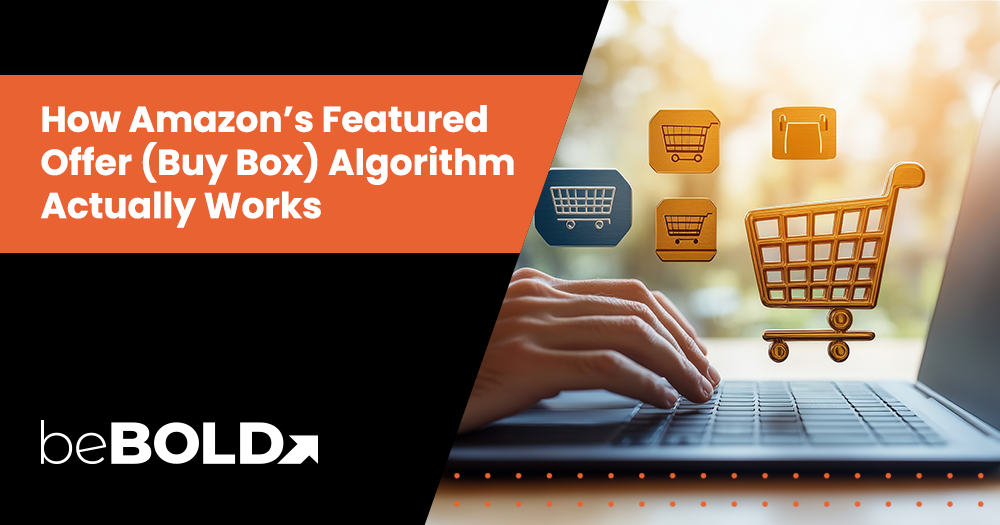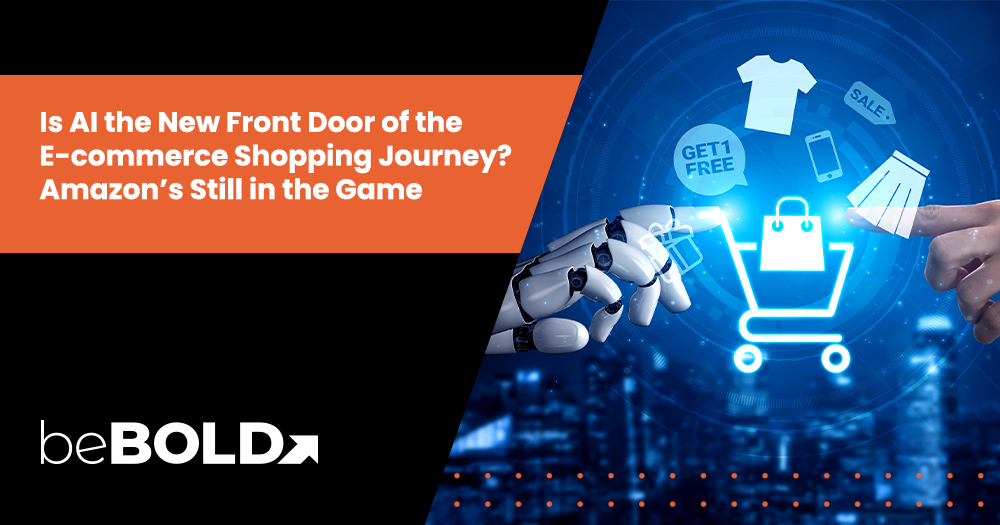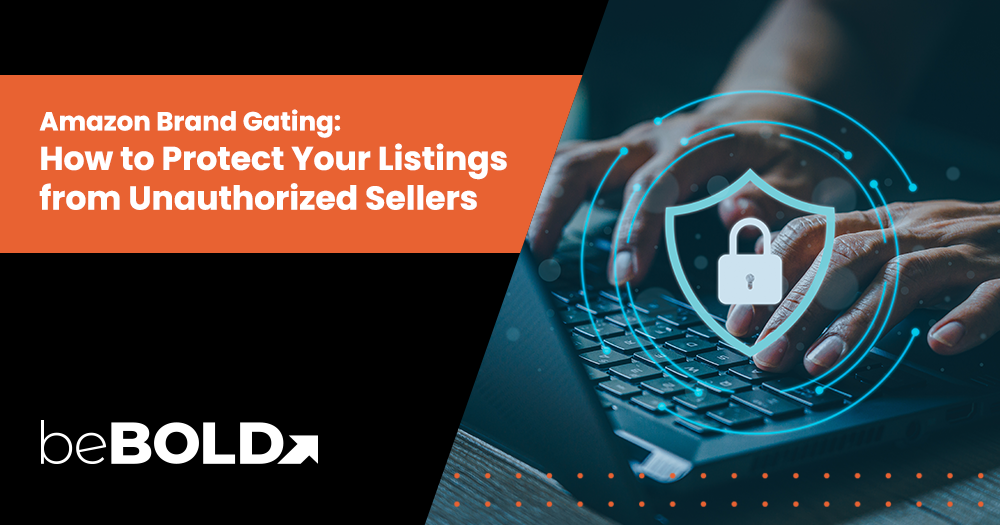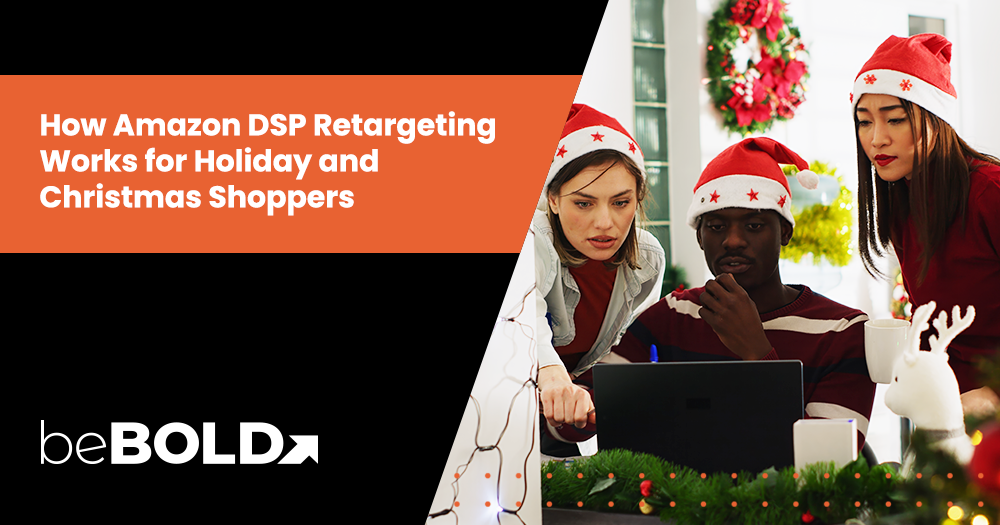Key Summary
- Around 75% to 82% of Amazon sales go through the Buy Box (Featured Offer). 🛒
- Amazon uses a two-stage algorithm: eligibility → ranking & rotation. 🔄
- Key factors include landed price, fulfillment method, inventory depth, and seller performance metrics. 📊
- The Buy Box can be suppressed if prices are uncompetitive or seller metrics fall below thresholds. ⚠️
- Sellers should leverage repricing tools, inventory planning, and health monitoring to maximize their Buy Box share. 🚀
If you’re selling on Amazon, winning the Featured Offer is non-negotiable. Around 75-82% of Amazon purchases happen there, making it the single biggest driver of conversions on the platform. However, many sellers mistakenly assume the Buy Box only rewards the lowest price. In reality, the algorithm evaluates a complex mix of performance metrics, fulfillment reliability, and overall value to customers.
This article unpacks those factors and provides actionable strategies to strengthen your Buy Box performance.
What Is the "Featured Offer"?

The Featured Offer is Amazon’s official term for the Buy Box. It’s the section of a product detail page containing the prominent “Add to Cart” and “Buy Now” buttons. For mobile users, it’s even more critical, as it often dominates the screen above the fold.
When multiple sellers list the same product, only one wins the Featured Offer at any given moment. That seller’s offer becomes Amazon’s recommendation, earning trust and fast conversions. In fact, studies show that when sellers win the Buy Box feature, their sales can go up to as high as 50%.
Think of the Featured Offer as your product’s front-and-center spotlight. Without it, your offers sit in the shadows while competitors capture customer attention and sales.
Want to know more how your brand can win the buy box consistently? Read about it here: How to Win the Amazon Buy Box and Boost Sales in 2025.
How the Buy Box Algorithm Works — Two Stages
Stage 1: Eligibility Gate
Before ranking sellers, Amazon first filters for eligibility. Meeting the baseline requirements ensures that only reliable sellers compete. These thresholds reflect Amazon’s obsession with customer trust. To help you understand how Amazon’s first stage of seller filtering works, here’s a simplified eligibility threshold table:
|
Metric |
Threshold Requirement |
Why It Matters |
|
Order Defect Rate (ODR) |
< 1% |
Protects Amazon’s reputation by ensuring low defect and claim rates. |
|
Late Shipment Rate (LSR) |
< 4% |
Customers expect Prime-like speed; delays hurt trust. |
|
Cancellation Rate (CR) |
< 2.5% |
Prevents stockouts from disappointing buyers. |
|
Valid Tracking Rate (VTR) |
> 95% |
Buyers want real-time updates; missing tracking reduces confidence. |
|
On-Time Delivery Rate (OTDR) |
> 97% |
Reinforces Amazon’s promise of reliable, fast delivery. |
Eligibility is category-specific too, with some verticals applying stricter standards. More importantly, sellers using Fulfillment by Amazon (FBA) automatically score perfectly on fulfillment-related metrics, making them Buy Box-eligible faster.
Stage 2: Ranking & Rotation Among Eligible Sellers
Once eligibility is established, Amazon’s algorithm scores sellers against each other. Unlike Google’s static search ranking, the Buy Box rotates throughout the day between top contenders. Rotation allows Amazon to test sellers’ performance in real time while distributing opportunities. The key ranking factors include:
- Landed price competitiveness (product + shipping + fees).
- Fulfillment method: FBA and SFP are prioritized over FBM.
- Stock depth: Sellers with ample inventory gain stability in rotation.
- Performance metrics: Feedback, response times, ODR, and refund rates.
- Geographic location: Amazon may prefer the seller closest to the customer for faster shipping.
It’s important to understand that while eligibility gets you in the game, ranking determines how much time you spend holding the Buy Box. Consistency, not one-off wins, drives long-term profitability.
Key Signals That Boost Your Share Within Rotation

Among the pool of qualified sellers, Amazon weighs a series of signals to determine how much time you spend in rotation. These factors go beyond simple pricing and reflect the holistic experience you deliver to customers.
Landed Price Dynamic
Amazon doesn’t just compare base prices. It evaluates the total cost to the customer. A $25 product with free shipping can beat a $20 product with $10 shipping. Price parity across channels also matters. If Amazon finds your product cheaper elsewhere, your Buy Box may be suppressed.
Fulfillment Excellence
Fulfillment is one of the heaviest weighted signals. FBA and Seller-Fulfilled Prime automatically meet Amazon’s delivery promises, earning “perfect scores” in the algorithm. FBM sellers can still win but they need to exceed expectations with fast shipping and reliable customer service. If you’re not quite sure how to improve your performance, Amazon FBA account management services can help you optimize fulfillment and strengthen your Buy Box changes.
Stock Consistency
Consistent inventory availability also means reliability to Amazon’s metrics. Sellers with deeper inventory (known as inventory depth) maintain Buy Box share longer. Stockouts not only disqualify sellers, but they can and will lower your long-term trust scores.
Want to learn more about Amazon Inventory Management? Check out our article about Master Amazon Inventory Management Strategies.
Metrics Maintenance
Amazon evaluates rolling metrics over 30, 90, and 365 days, with the most recent performance carrying extra weight. Maintaining ODR under 1% and a feedback score above 90% is critical, and customer service response time under 24 hours also influences Buy Box probability.
When the Featured Offer Disappears (“Suppressed Buy Box”)
Occasionally, the Buy Box vanishes, showing “See All Buying Options.” This is Amazon’s suppression mechanism, designed to protect shoppers. While it does help consumers, suppression is also highly frustrating for sellers as it can dramatically reduce conversion rates. To know how suppression is triggered, here are the most common causes:
Common Causes of the Suppressed Buy Box
- Pricing is significantly above or below market norms (red flags for fraud or gouging).
- Lower prices detected on external sites (Amazon enforces price parity).
- Poor seller metrics such as high cancellation or return dissatisfaction rates.
- Listing quality issues (misclassified conditions, incomplete descriptions, poor imagery).
Here’s what you should do if you find that the Buy Box had vanished:

Remember that suppression isn’t random. It was especially designed as a safeguard for consumers. If you want to lower the chances of the Buy Box being suppressed, the cure is proactive monitoring of pricing, performance, and content.
Smart Repricing Without Sacrificing Your Margin
Amazon’s marketplace sees millions of price changes daily. But for sellers, manual repricing isn’t sustainable at scale. The key is adopting repricing strategies that preserve profit while maintaining Buy Box eligibility. Here’s what you can do:
Check Pricing Health
Amazon flags overpriced or underpriced listings. Regular audits and algorithmic repricers ensure you stay in the competitive range without triggering suppression.
Monitor Inventory Status
Tie repricing logic to inventory depth. If competitors run low on stock, increase your price slightly while retaining the Buy Box. Conversely, reduce prices strategically to avoid losing visibility when inventory is abundant.
Keep Track of Account Health Flags
Poor ODR, refund spikes, or late shipments weigh more heavily than price mismatches. Monitoring your Amazon Account Health dashboard helps pre-empt eligibility loss.
What Recovery Steps Should You Take?
- If you’re encountering a pricing issue → Use an algorithmic repricer to reset competitive but profitable levels.
- If you’re having an inventory shortage → Improve demand forecasting; activate backup fulfillment if possible.
- If you’re experiencing a performance dip → Address root causes of negative reviews, late shipping, or cancellations quickly.
Smart repricing is dynamic, not reactive. The goal is to balance profit optimization with Buy Box share consistency.
How to Measure and Monitor Your Rotation Share
The good news is that Amazon doesn’t leave sellers in the dark when it comes to Buy Box performance. Amazon gives sellers visibility into their Buy Box Percentage, which reflects how often your listing appears as the Featured Offer relative to impressions. This KPI directly links to sales velocity.
Here’s how you can track your Featured Offer performance:
- Go to Reports > By ASIN > Detail Page Sales and Traffic by Child Item.
- Check the “Buy Box Percentage” column for each SKU.
- Compare against category averages or top competitors to diagnose issues.
In addition, third-party analytics and repricing tools can layer deeper insights, correlating Buy Box wins with pricing actions and inventory levels.
Not quite sure how to monitor your Buy Box percentage? Check out beBOLD Digital’s Amazon analytics services here.
Dominate the Amazon Buy Box Rotation With beBOLD Digital
Winning Amazon’s Buy Box isn’t about offering rock-bottom prices. It’s about proving you’re the most reliable, consistent, and Prime-friendly option. Sellers who combine competitive pricing, flawless fulfillment, and proactive monitoring dominate rotation and sales. If you want to maximize Buy Box share, align with Amazon’s two-stage system, maintain performance excellence, and adopt smart repricing strategies. Done right, the Featured Offer becomes your most consistent sales engine.
At this point, partnering with experts can make all the difference. beBOLD Digital helps brands navigate Amazon’s Buy Box more efficiently with proven account management, algorithmic repricing strategies, and fulfillment optimization. Schedule a call today and let our Amazon account management experts help you take control of your featured offer and turn it into a reliable driver of growth.
FAQs
Is the Buy Box the same as the Featured Offer?
Absolutely. While Amazon officially refers to it as the “Featured Offer,” most sellers commonly use the term “Buy Box.” Essentially, they refer to the same placement.
What metrics does Amazon publish?
Amazon offers transparency regarding several key metrics, including Order Defect Rate (ODR), Late Shipment Rate (LSR), Conversion Rate (CR), Valid Tracking Rate (VTR), Order Turnaround Defect Rate (OTDR), and Buy Box Percentage. However, some ranking signals, such as geographic location and sales velocity weighting, remain proprietary and are not disclosed.
Is rotation equal among eligible sellers?
Not necessarily. The rotation of the Buy Box is performance-based. Sellers with stronger performance metrics are likely to retain the Buy Box for a larger share of impressions, while those with weaker metrics may only see a small fraction of the rotation.
Why is the Amazon Buy Box suppressed even after meeting metrics?
Even if you hit the expected thresholds, your Buy Box may still be suppressed if Amazon detects lower prices on other platforms, notices abnormal price fluctuations, or identifies issues with your listing quality. In cases like these, Amazon tends to prioritize customer protection.










Comments